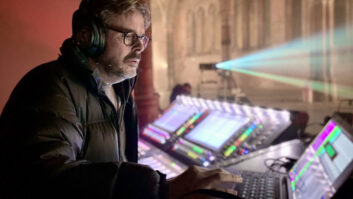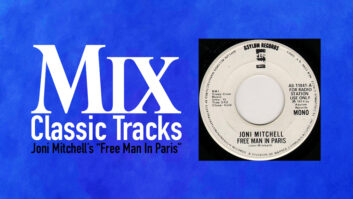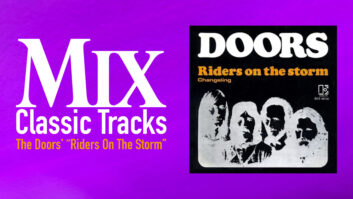It’s catching on again, this idea of musicians coming together in the studio and recording live, usually with headphones, sometimes not. Looking at each other, listening to each other, nodding to each other and letting each one’s playing influence the others. I keep hearing it from engineers across the country, and every time it’s said with excitement and enthusiasm. Then we talk about how, of course, this was the only way to make a record back in the beginning. Three to four songs in a day, mixed, cut on vinyl, then driven down to the radio station that night. It really did sometimes happen like that. And today, it’s even easier! A couple of downloads, then a couple uploads. Put it on Spotify. Reach out on social media. The song is out!
Okay, probably not studio-to-street in a day, though it’s been known to happen. There are still likely to be a few overdubs, and the vocals will come later, but with the full band together, the foundation is there. Take away the click, don’t lock to the grid, let the bleed cross over the microphone setup, and sometimes magic happens. Of course, sometimes problems come up that can’t be undone later in the mix, but if properly set up, the studio can truly your friend.
Al Schmitt, in talking about his last two projects with Bob Dylan at Capitol, would light up when describing how the band came in, ran down the songs, and just played, like the bands did when Al started out in the 1950s. This time around, ten songs in a week, no headphones, Bob singing in the room. Another week or two to mix. That’s it. Al loved it.
Times have changed, certainly, and few artists today have the luxury to book a high-end studio for more than a week or two. Nor is the playing-live approach right for every artist or every project. But when it’s possible, and when it’s properly planned out and pre-production is productive, a week of recording live in the studio can do wonders for the sound and emotion of a record. This all presumes, it goes without saying, that there’s a great song or two to record in the first place.
I was reminded of all this while preparing this month’s issue, with its emphasis on Nashville and all the stereotypes that go along with it: songwriters, demos, stellar session players, big-name artists knocking out the songs and moving on. It’s an old stereotype, but it got me thinking.
Related: Dave Cobb at Home in Nashville, by Barbara Schultz, May 2, 2018
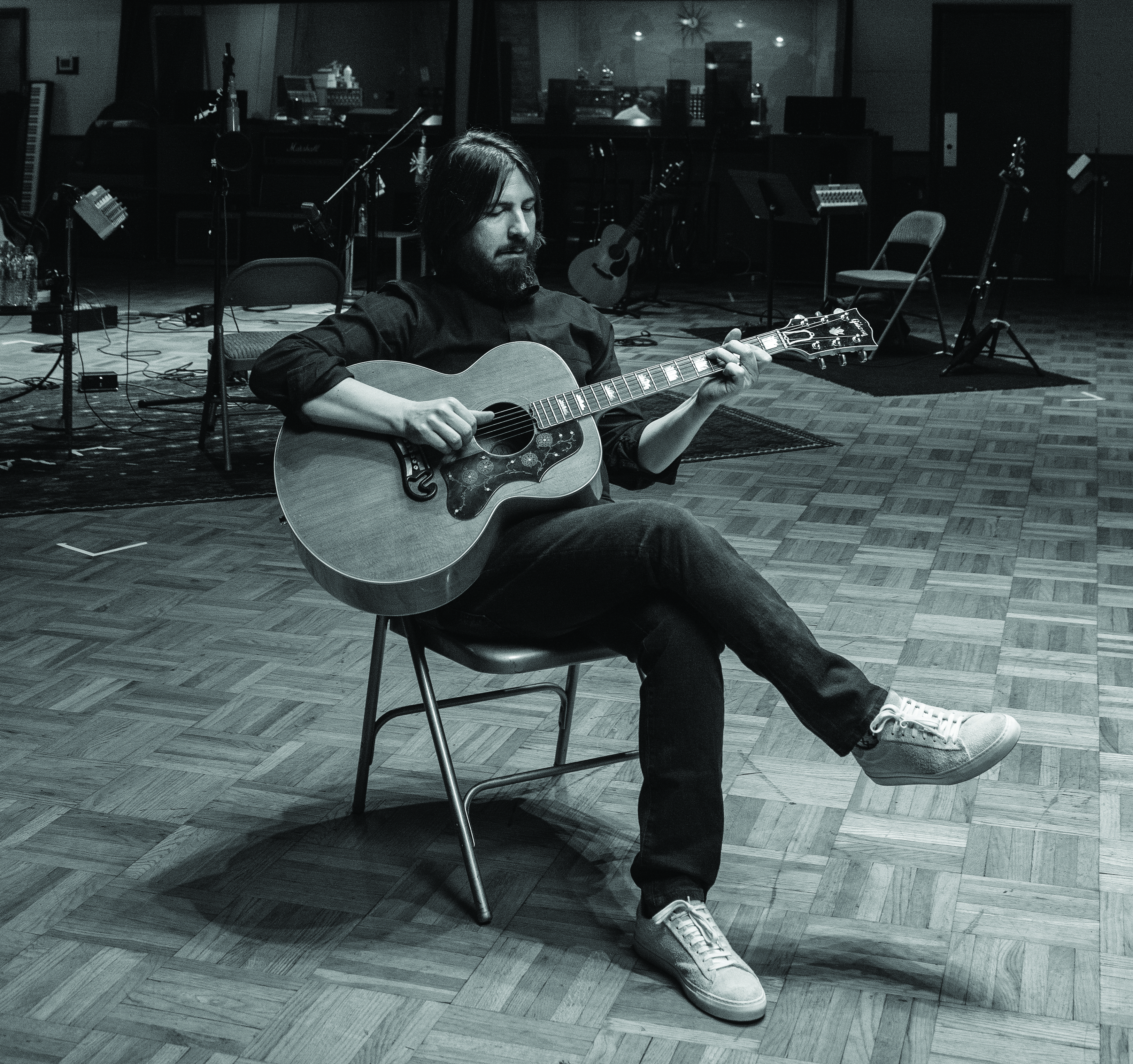
And then I came across super-hot producer Dave Cobb, interviewed this month by Barbara Schultz and photographed by David McClister in the middle of RCA Studio A, his new Music City recording home. In talking with him about the art direction of the cover, and where he might want to shoot it, he kept coming back to the spacious live room, and how much he appreciated the history of the players and productions that came before him. From Chet Atkins to Ben Folds, with a few more in between. It’s a room built for players who want to play, and Dave Cobb seems to be loving it. He usually ends up playing with them.
Related: Sarah Shook & the Disarmers Record Years, by Tom Kenny, May 3, 2018
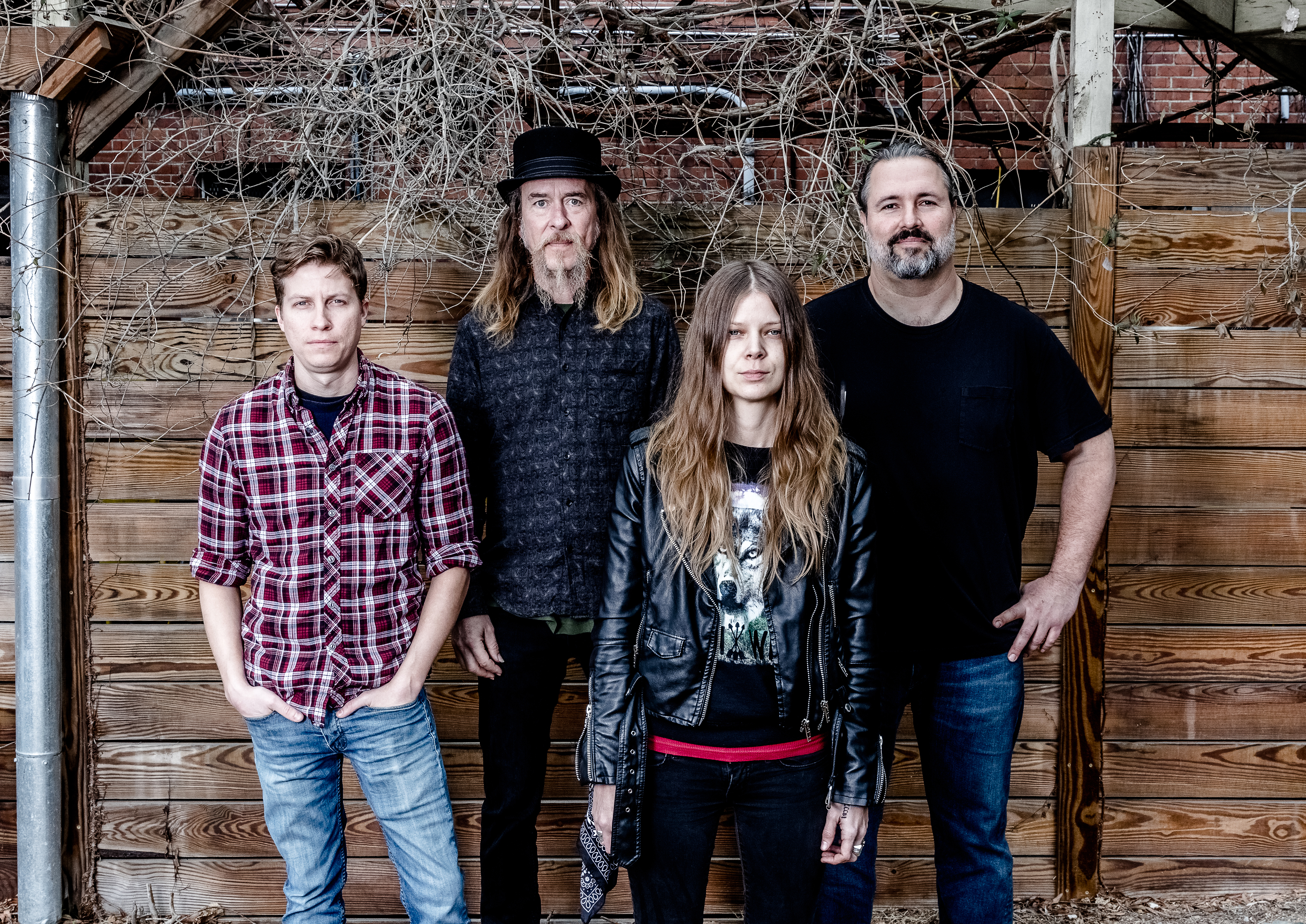
At the same time I was putting together a story on Sarah Shook & The Disarmers, interviewing producer/engineer Ian Schreier, who runs Manifold Recording outside of Raleigh-Durham, N.C. He has a world-class room, built by Michael Tiemann and designed by Wes Lachot to host a 60-piece orchestra or a four-piece rock band, with a series of four booths that open onto the main floor. He has the space, though it’s somewhat off the beaten recording path; he’s just been seeking that chart-topping talent. He seems to have found it in Shook.
For the Disarmers’ sophomore effort, both artist and producer pitched heavily for the time and money to record it “right,” in a high-end studio with the space to let the band come together and find that emotion in the songs. Playing in the room. They got a couple weeks. They prepped, they rehearsed, and they knocked it out. And it is a great-sounding record. Just do a quick Google on “Sarah Shook Years.”
None of this is new. And none of it is a formula for making a record. It’s just a brief reminder that when great musicians come together, even greater things can happen.

